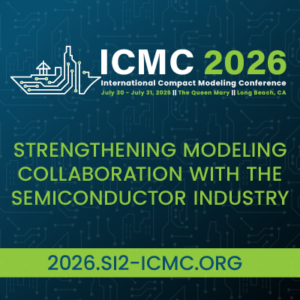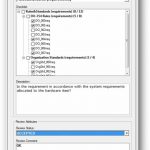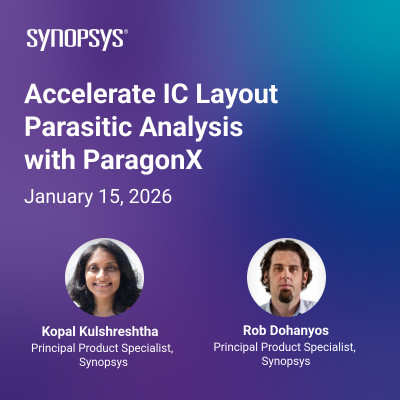You are currently viewing SemiWiki as a guest which gives you limited access to the site. To view blog comments and experience other SemiWiki features you must be a registered member. Registration is fast, simple, and absolutely free so please,
join our community today!
The over 20 years of experience behind Synopsys Design Compiler is getting a new look for 2014, and we had a few minutes with Priti Vijayvargiya, director of product marketing for RTL synthesis, to explore what’s in the latest version of the synthesis tool.
Previewed today, Synopsys Design Compiler 2013.12 continues to target … Read More
Engineers are known for their attention to detail and precision in thinking, but sometimes still struggle during compliance audits. This is especially true the longer a list of requirements becomes, especially unstructured lists kept in spreadsheets and on Post-It notes.
It gets even more complicated, because in defense circles… Read More
I blame it on Henry Ford, William Levitt, and the NY State Board of Regents, among others. We went through a phase with this irresistible urge to stamp out blocks of sameness, creating mass produced clones of everything from cars to houses to students.
Thank goodness, that’s pretty much over. The thinking of simplifying system design… Read More
There are a few dozen causes of semiconductor failure. Most can be lumped into one of three categories: material defects, process or workmanship issues, or environmental or operational overstress. Even when all those causes are carefully mitigated, one factor is limiting reliability more as geometries shrink – and it… Read More
For non-volatile storage in IoT devices, there is technology designed to be reprogrammed many times, and technology designed to be programmed once. The many times mode is for application code, while the once mode is for keying and calibration parameters. We are about to enter the IoT rekeying zone, in between these two extremes.… Read More
In our fascination where architecture meets the ideas of Fourier, Nyquist, Reed, Shannon, and others, we almost missed the shift – most digital signal processing isn’t happening on a big piece of silicon called a DSP anymore.
It didn’t start out that way. General purpose CPUs, which can do almost anything given enough code, time,… Read More
When Apple announced last September their A7 chip had gone 64-bit, the congregation immediately swooned, but analysts reacted skeptically: “So what? Phones don’t need more memory, and there are no 64-bit apps.” Even pundits miss once in a while, and now the topic is how the chip industry is headed for 64-bit.… Read More
Curved touchscreensby Don Dingee on 01-10-2014 at 5:00 pmCategories: Automotive, IP
CES 2014 was the modern technology equivalent of the voyage of Ferdinand Magellan, proving beyond any shadow of doubt displays no longer can be thought of as only flat. While the massive curved 105-inch TVs shown by LG and Samsung drew many gawkers, the implications of curved touch displays are even wider.… Read More
We have to go way back in the annals of entertainment history to find the origin of the word “Jeep”, not just a term of endearment hung on a WWII utility vehicle. Pictured is Eugene the Jeep, a mystical creature belonging to the 4th Dimension, who first appeared to torment Popeye the Sailor in 1936.… Read More
I was tempted to call this piece “if you’re not using an FPGA, you’re doing it wrong,” but that didn’t quite capture the whole picture. Social memes aside, the FPGA as we know it is undergoing a serious transformation into a full blown SoC, and 2014 is the year that will usher in one of the biggest changes in the history of embedded design.… Read More















Quantum Computing Technologies and Challenges